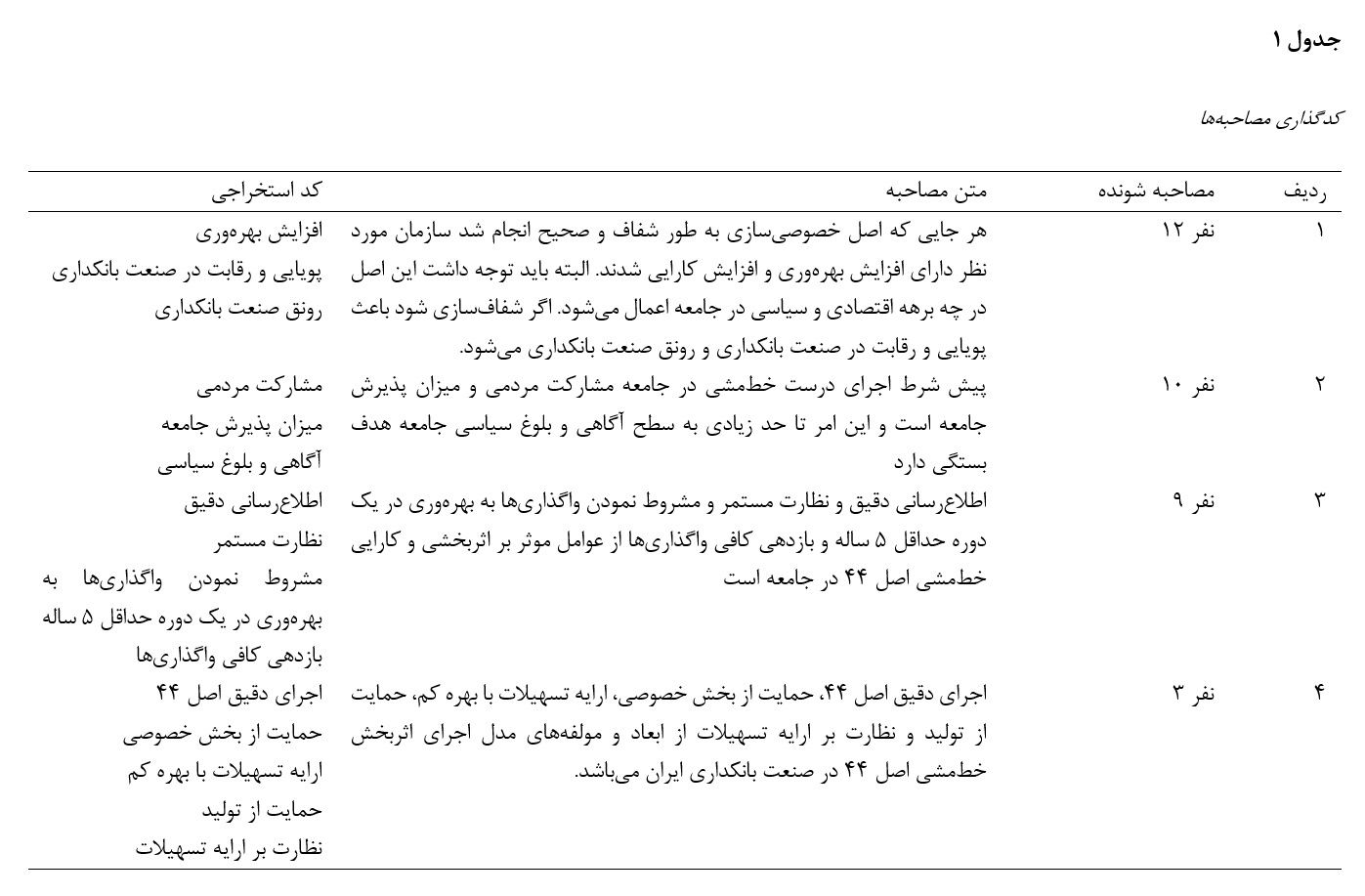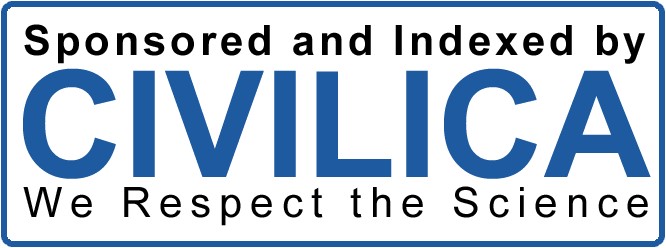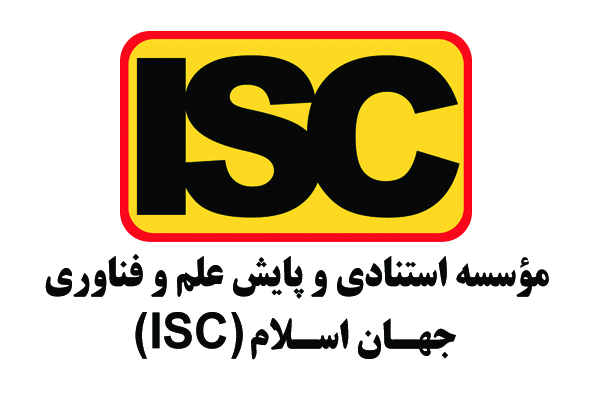The Role of E-Government in the Effective Implementation of Privatization Policy in Iran's Banking Industry
Keywords:
E-Government, Effective Policy Implementation, Privatization in Banking, Thematic AnalysisAbstract
The policy of Principle 44 (privatization) marks the beginning of an economic reform in the country. It can achieve its goal if properly managed. Therefore, the primary and most crucial duty for the government, the judiciary, and the legislature is to implement this policy effectively. This study presents an appropriate model for utilizing e-government in the effective and desirable implementation of privatization in Iran's banking industry. The present research is qualitative and employs thematic analysis for data analysis. The statistical population includes 18 academic experts and senior specialists in the field of privatization. A qualitative data approach and semi-structured written interviews were used to identify and describe the dimensions, components, and indicators. The results showed that relying on e-government in the effective implementation of privatization policy in the banking industry leads to the identification of model elements and results in the effective execution of privatization and the desirable implementation of Principle 44 in the country's banking industry.
Downloads
References
Adalessossi, K. (2023). Impact of E-Banking on the Islamic bank profitability in Sub-Saharan Africa: What are the
financial determinants? Finance Research Letters, 57, 104188. https://doi.org/10.1016/j.frl.2023.104188
Ahadzadeh, A., Sayadshirkosh, S., & Jamshidi Ivanaki, M. (2021). Effectiveness of Public Policy Implementation: A
Case Study of the Ministry of Energy. epprjournal, 6(4), 167-205. http://epprjournal.ir/article-1-887-en.html
Al-Hussein, M. A.-H. A., Alabdallat, W. I. M., Abu, M. A., Rumman, O. J., & Ali, B. (2023). Impact of e-government
applications on reducing administrative burden in delivering public service. Information Sciences Letters, 12(3),
f343f83cd5c/Impact-of-E-Government-Applications-on-Reducing-Administrative-Burden-in-DeliveringPublic-Service.pdf
AlRaeesi Eman Jasim, H., & Ojiako, U. (2021). Examination of Legal Perspective of Public Policy Implementation on
Construction Projects Arbitration. Journal of Legal Affairs and Dispute Resolution in Engineering and Construction,
(3), 03721002. https://doi.org/10.1061/(ASCE)LA.1943-4170.0000474
Ashaye, O. R., & Irani, Z. (2019). The role of stakeholders in the effective use of e-government resources in public
services. International Journal of Information Management, 49, 253-270.
https://doi.org/10.1016/j.ijinfomgt.2019.05.016
Azimi, A., Monavvarian, A., pourezzat, A. A., & Raghfar, H. (2019). Failure in policy lesson drawing; A critical review
of the experience of privatization in Iran. Journal of Improvement Management, 13(3), 81-106.
https://www.behboodmodiriat.ir/article_102161.html
https://www.behboodmodiriat.ir/article_102161_3d686abbe4bcf65c14479dfd000afe2b.pdf
Freeman, R., Griggs, S., & Boaz, A. (2011). The practice of policy making. Evidence & Policy, 7(2), 127-136.
https://doi.org/10.1332/174426411X579180
Hodayipour, S. R., Mosakhani, M., & Modiri, M. (2024). Designing a Comprehensive Interpretive-Structural Model for
Bridging the Digital Gap of Education in the Quid Crisis Epidemic 19. Sociology of Education, 10(1), 327-342.
https://doi.org/10.22034/ijes.2023.556041.1331
Kazemi, S. H., Ahmadi, E., & Mortazavi, M. (2024). Obstacles and Opportunities for Effective Implementation: A Case
Study of COVID-19 Crisis Policy in Kurdistan Province. dpmk, 13(4), 528-545.
https://doi.org/10.32598/DMKP.13.4.774.1
Mansoori, H., & ghafurnia, m. (2020). Antecedents and Consequences of Implementing Electronic Customer
Relationship Management in Small and Medium Enterprises. New Marketing Research Journal, 10(1), 105-128.
https://doi.org/10.22108/nmrj.2020.120345.1959
Parizi, M. (2013). Banking System Functions and Implementation of Principal 44 of the Constitution Policies in 9th and
th Governments. qjfep, 1(2), 241-272. http://qjfep.ir/article-1-38-en.html
Rahnavard, F., Seihoon, A., Mortazavi, M., & Taherpour Kalantari, H. (2019). Designing an e-governance Framework
for Export Development Policy Formulation. Public Administration Perspective, 10(3), 102-129.
https://doi.org/10.48308/jpap.2019.96559
Samsor, A. M. (2021). Challenges and Prospects of e-Government implementation in Afghanistan. International Trade,
Politics and Development, 5(1), 51-70. https://doi.org/10.1108/ITPD-01-2020-0001
Shojaan, A., Taghavifard, M. T., Elyasi, M., & Mohammadi, M. (2019). A Model of the Technology Innovation System
in the Area of Iranian Electronic Governance. Journal of Improvement Management, 13(1), 121-152.
https://www.behboodmodiriat.ir/article_90765_213214e66d137ae3877642d83a9d858e.pdf
Zhao, H., Ahn, M. J., & Manoharan, A. P. (2017). E-government, corruption reduction and culture: a study based on
panel data of 57 countries Proceedings of the 18th Annual International Conference on Digital Government
Research, Staten Island, NY, USA.

Downloads
Published
Submitted
Revised
Accepted
Issue
Section
License
Copyright (c) 2024 Journal of Technology in Entrepreneurship and Strategic Management (JTESM)

This work is licensed under a Creative Commons Attribution-NonCommercial 4.0 International License.










